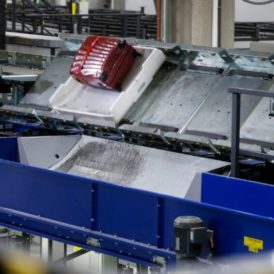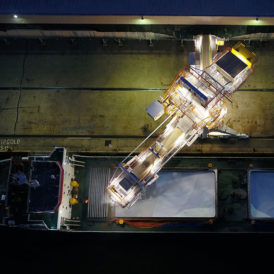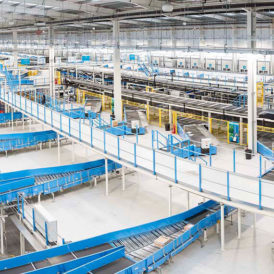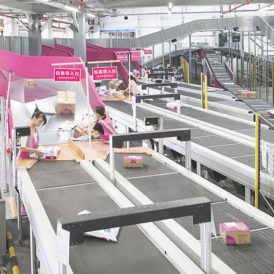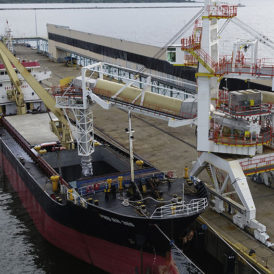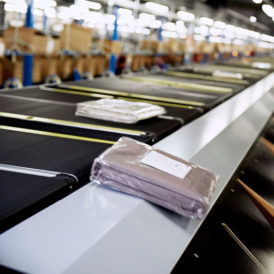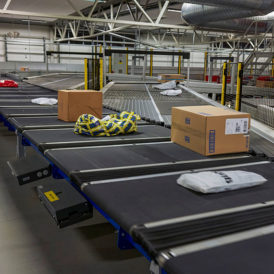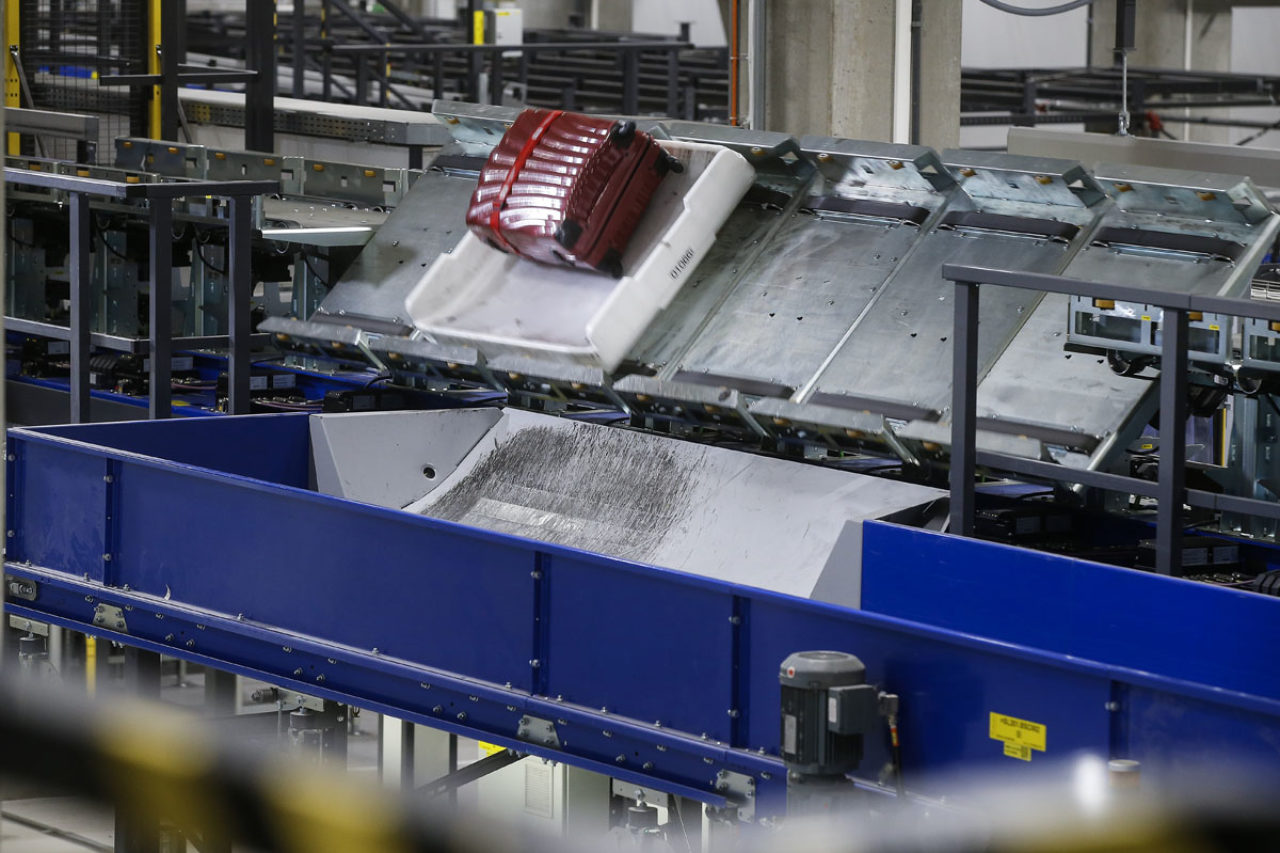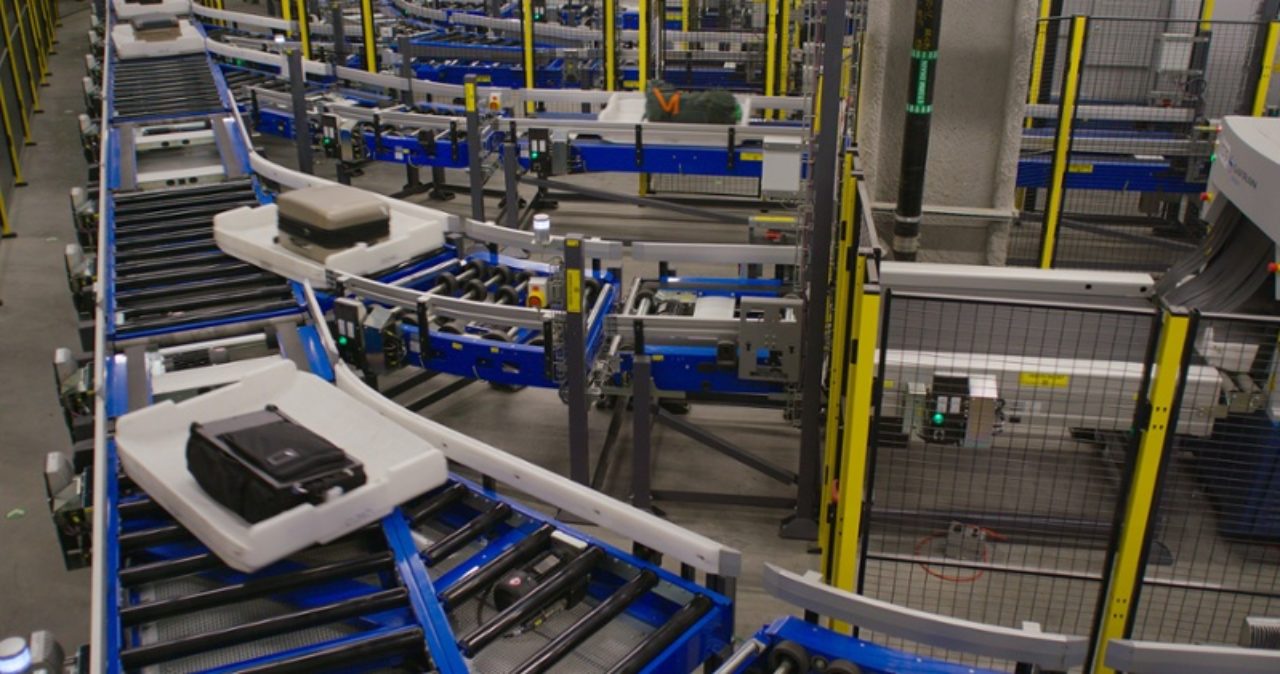By BEUMER Group
BEUMER Group had the opportunity to talk to baggage handling consultant, Matthias Frenz, President at Logplan LLC, to uncover why ICS was first introduced to the Frankfurt airport and why it continues to evolve as the solution of choice for airports across the globe.
Why the ICS was first introduced to the airport
The Frankfurt experience
After two years of intense commissioning, an ICS was introduced to Frankfurt Airport’s Middle Terminal in 1972. According to Frenz, the reason behind its implementation was that Frankfurt wanted to become a transfer hub. He explains:
”As a sizeable hub, speed was of the essence and Frankfurt wanted to minimise transfer time to 45 minutes. So, the baggage handling professionals needed to be able to put a bag in a tray, programme the tray with the flight destination and know that the bag would stay there without having to reprogramme the bag and its destination again.”
While some controls have needed to be replaced, what’s remarkable is that the same ICS is still in use today in one of the largest baggage handling systems in the world. And many airports around the world followed suit, depending on their individual needs and where ICS technology could perfectly address their touch points.
ICS is introduced around the world
After Frankfurt, the ICS was adopted at Paris’s Charles de Gaulle Airport and at the international airport on Jersey Island, says Frenz.
In the late 1990s, ICS was also introduced to Munich Airport – one of the most complex, multi-layer systems in the world today – and Leipzig/Halle Airport in Germany. Frenz states:
“For both Munich and Leipzig airports, the underlying goal was to reduce the misreads they were experiencing with their conventional systems and ICS was seen as the solution.”
Distance was particularly important for Leipzig as it was developing another terminal some way from its check-in. It was crucial that the bags could be transported over a distance but end up in the right area. ICS could ensure that.
